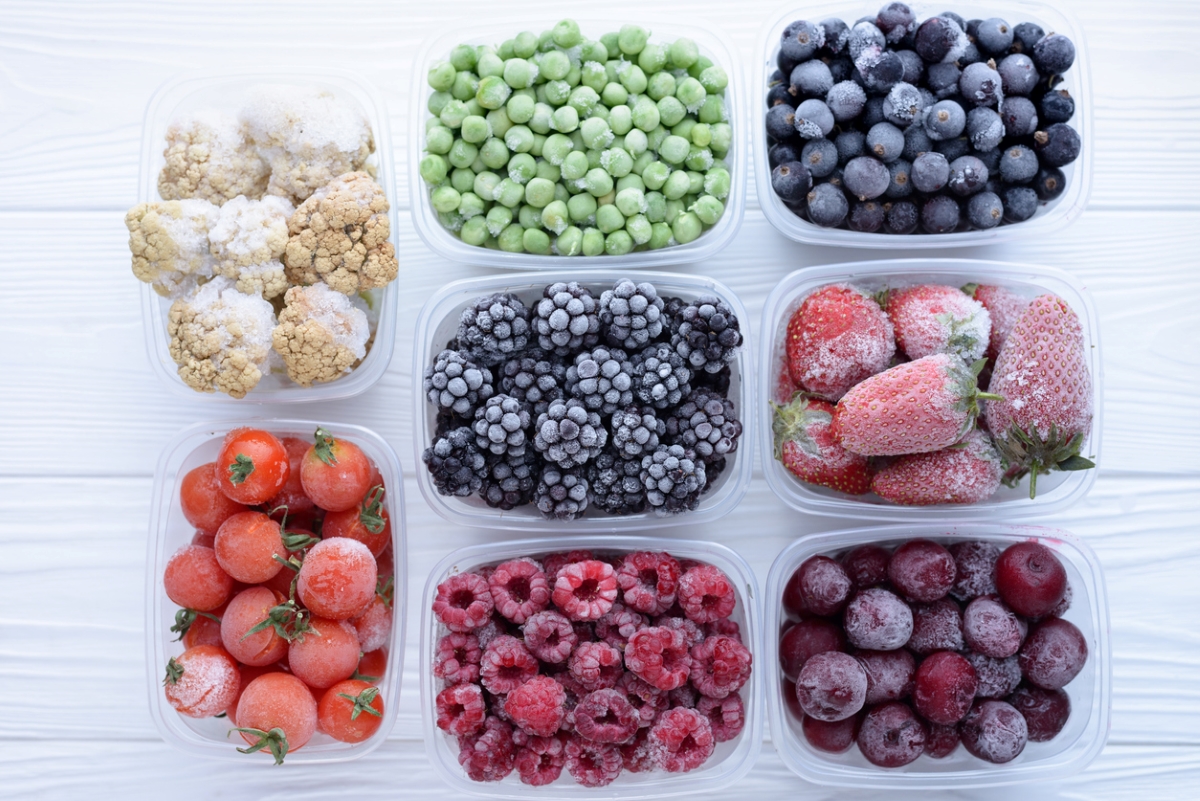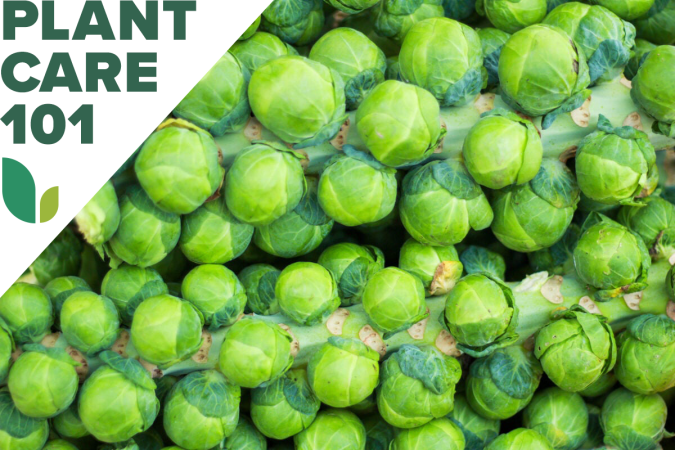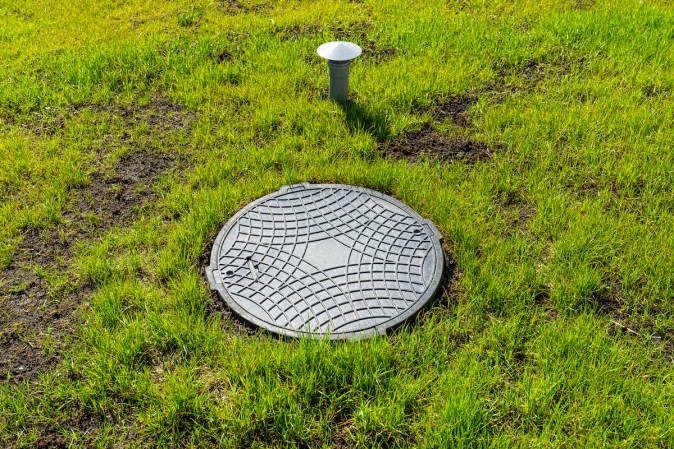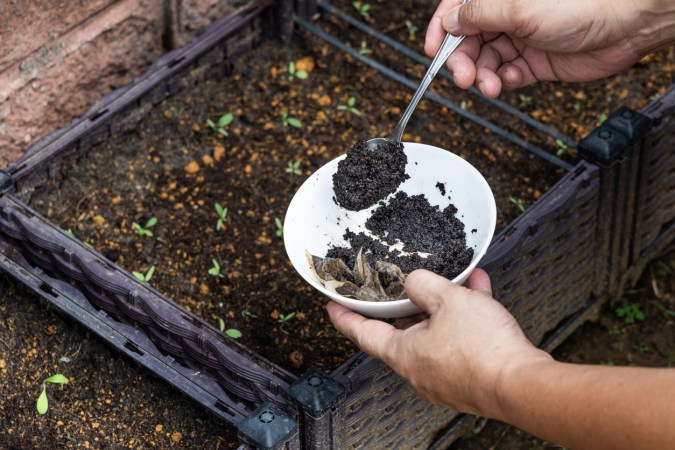We may earn revenue from the products available on this page and participate in affiliate programs. Learn More ›
Maybe you have too many zucchini and want to save some for later. Perhaps the sweet corn this season tasted so good you want to put some aside for winter soups. Will you just not be able to eat all those berries, tomatoes, and fresh herbs in time? Forget the canning supplies; look no further than your freezer. Before the first frost hits, freeze some of your favorite garden vegetables, fruits and herbs so you can enjoy them in the months to come.
Look for Freshness
When considering which vegetables, fruits, and herbs you want to preserve by freezing, remember that fresh is best.
“In simplest terms, any produce wanting to be preserved (frozen) should be fresh and of good quality. Freezing doesn’t halt the aging process, it just slows it way, way down,” said Chris DiNello, farm manager at Pond Hill Farm in Harbor Springs, Mich.
DiNello explained that most vegetables need to be blanched first before freezing to help preserve texture. Since raw vegetables have a lot of water, they often absorb ice crystals when frozen when they aren’t blanched before freezing. “Blanch first, drain, lay out on a tray, and par freeze. Then place them in as airtight container or bag as possible. Vacuum sealing is best,” DiNello said.
When it comes to fruit, most can be frozen raw. And while herbs can be frozen, they are delicate, and it should be noted that their quality and texture may be diminished when freezing.
1. How to Freeze Bananas
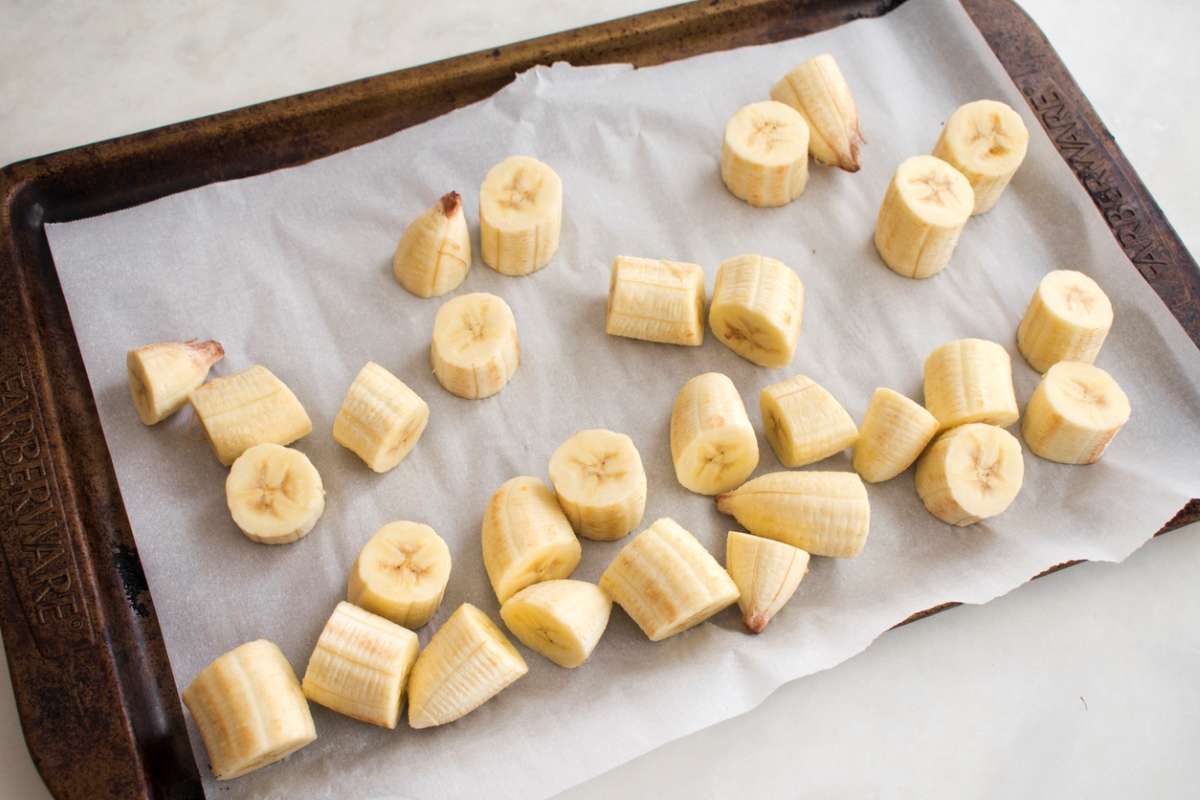
Chances are, there’s been a time when your bananas began to ripen too quickly, before you had a chance to eat or use them.
While bananas can be frozen whole, in their peel, getting them peeled later can be a real pain. Instead, peel them and either keep them whole or cut them crosswise into slices that are 1/4- to 1/2-inch thick. Then arrange them in a single layer on a sheet pan so the pieces don’t stick to each other. Line the pan with parchment paper so they don’t stick to the pan. Freeze them for at least two hours, then toss in airtight containers or bags. They are best used within six to eight months.
RELATED: What Is Banana Water and Is it Actually Good for Plants?
2. How to Freeze Zucchini
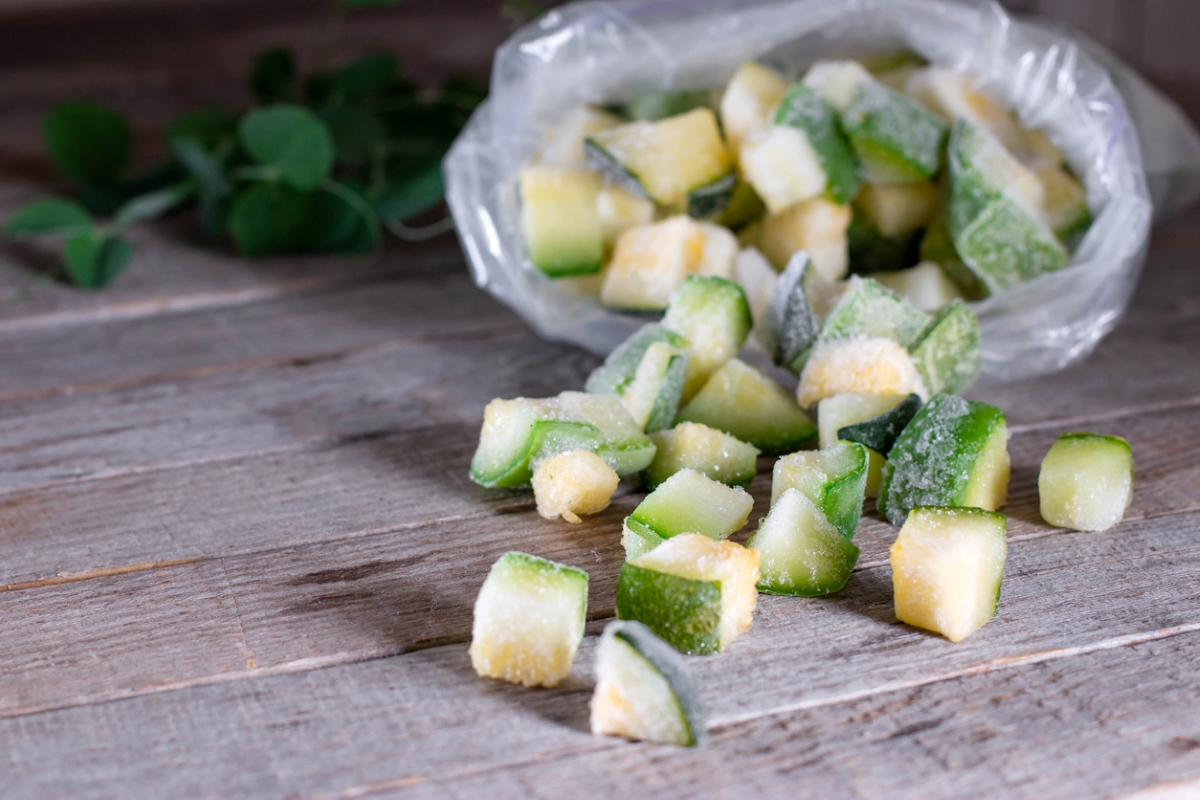
Gardeners know that zucchini is one of the fastest growing vegetables. And since zucchini contains a lot of water, try blanching them first as DiNello suggested.
First, cut the zucchini into slices or chunks. Bring a large pot of water to a boil and drop in the zucchini. Cook until bright green, which should take no more than three minutes. Don’t overcook and don’t salt the water as this can draw out moisture and can make the zucchini mushy.
As soon as you remove the zucchini from the boiling water, place it in an ice bath to cool. Drain it well, and lay the pieces on a baking sheet lined with a paper towel to dry.
Like bananas, lay zucchini pieces in a single layer on a baking sheet lined with parchment paper. Freeze it for up to 4 hours, then place in a tightly sealed bag or container. It will last up to 6 months in the freezer.
RELATED: 12 Types of Squash All Home Gardeners Should Know
3. How to Freeze Corn on the Cob
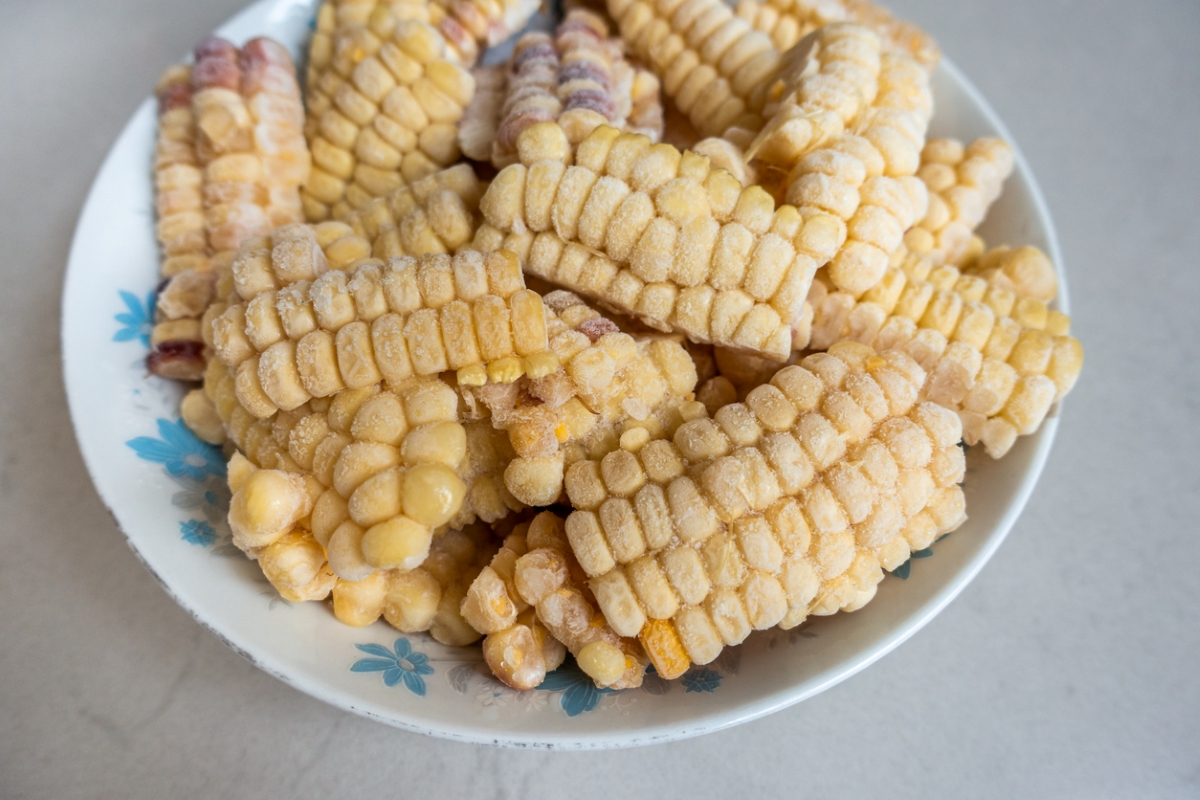
Sweet corn is a favorite in many homes during the summer months, but you can enjoy corn throughout the year when you freeze it.
First, remove the corn husk. Cook the ears in boiling water for 4 minutes. Remove the corn from the boiling water and immediately cool it in an ice bath for 4 minutes. Drain the corn cobs and wrap each separately in freezer wrap. Alternatively, cut the kernels from the cob and package the corn in bags or airtight containers. It will keep for up to a year in the freezer.
RELATED: How to Grow Corn
4. How to Freeze Green Beans
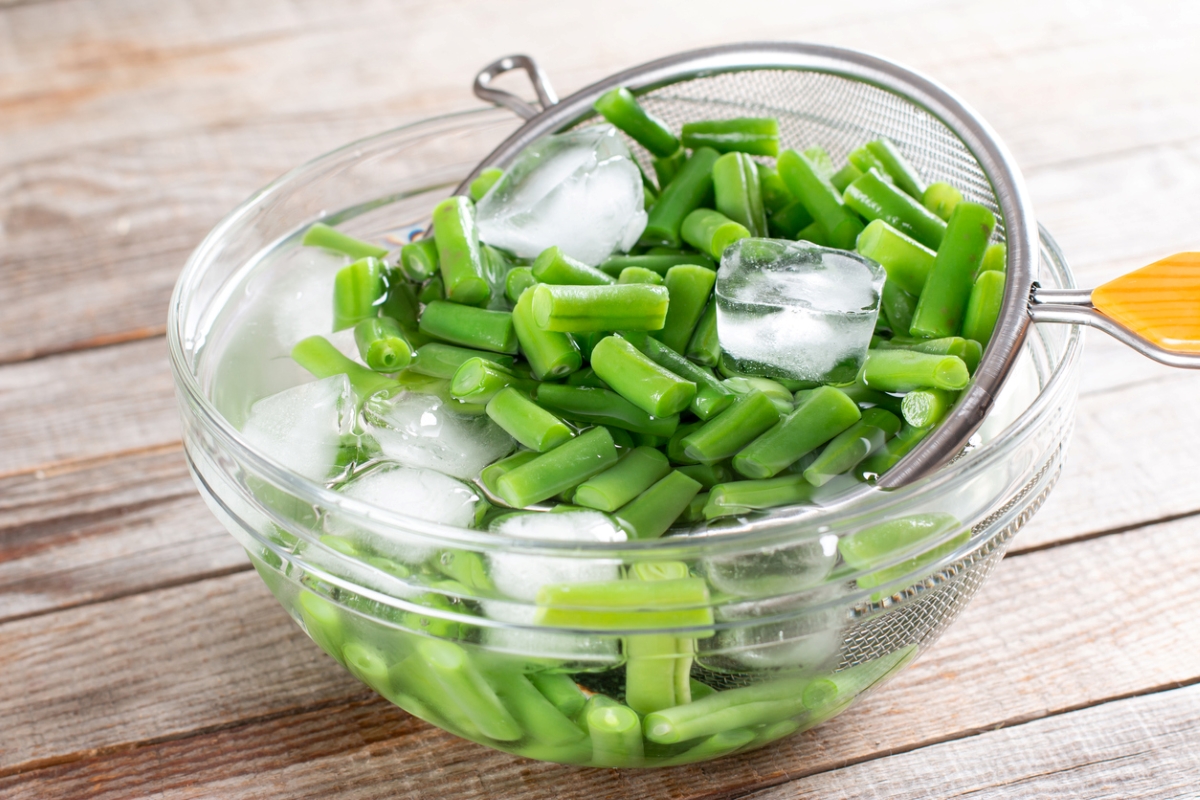
Preserve green beans when they are at their freshest by washing them and trimming the stems and ends first. Then blanch for no more than 3 minutes in boiling water until they turn bright green. Cool them in a bowl of ice water.
Let the beans dry thoroughly, then place them in a single layer on a baking sheet and freeze. Once they are frozen, transfer them to an airtight container or bag. They can be kept in the freezer for up to eight months.
RELATED: How to Grow a Three Sisters Garden at Home
5. How to Freeze Tomatoes
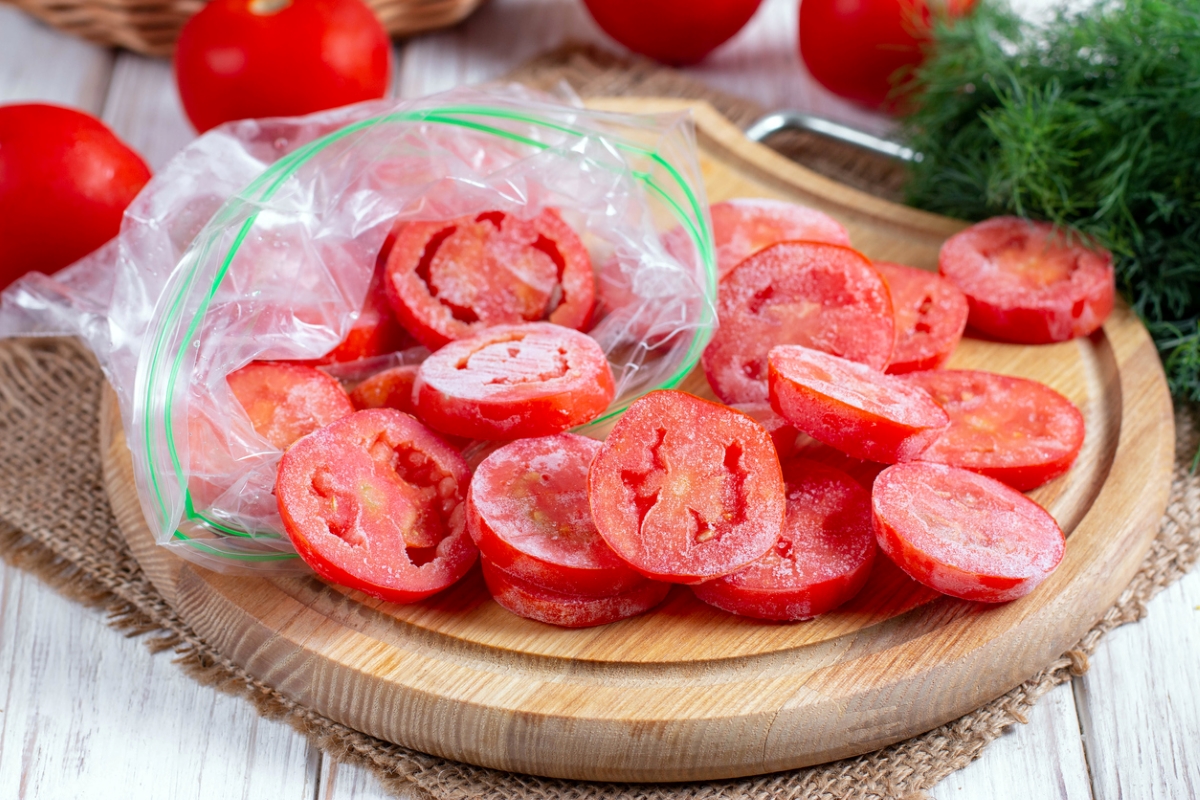
There are a couple ways to freeze fresh tomatoes so you can enjoy them later. To freeze sliced tomatoes, you’ll want to slice them into 1/2-inch thick slices and freeze the slices on a parchment-lined sheet pan for 2 hours. Then place the slices in freezer bags or containers.
To freeze whole tomatoes, just dip the entire tomato in boiling water for 30 seconds. This will cause the skin to begin to separate from the flesh. Next, core the tomato and peel the skin off. You can keep the tomato whole or break or cut it into pieces and store.
Frozen tomatoes will keep their flavor for up to a year.
RELATED: 8 Mistakes You’re Making With Your Tomatoes—and How to Fix Them
6. How to Freeze Peaches
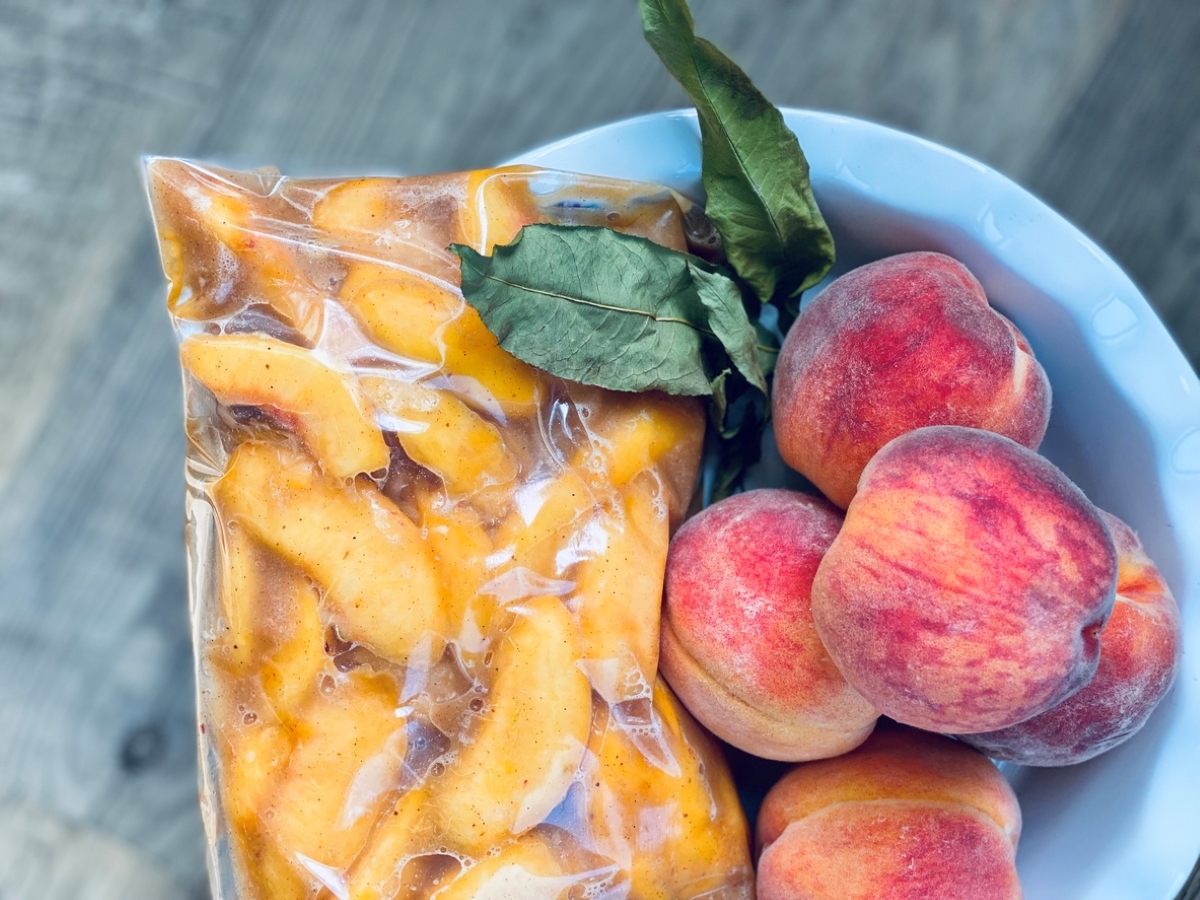
A quick blanch is also key to freezing peaches. First, use a paring knife to make a small “X” on the bottom of the peach. Drop it in boiling water for no more than 30 seconds before removing and placing the peach in an ice bath. Next, remove the skin and slice. Freeze the slices in a single layer on a baking sheet before transferring to an air-tight container. They’ll stay fresh in the freezer for up to 3 months.
RELATED: Solved! When Is the Best Time of Year for Spraying Fruit Trees?
7. How to Freeze Blueberries
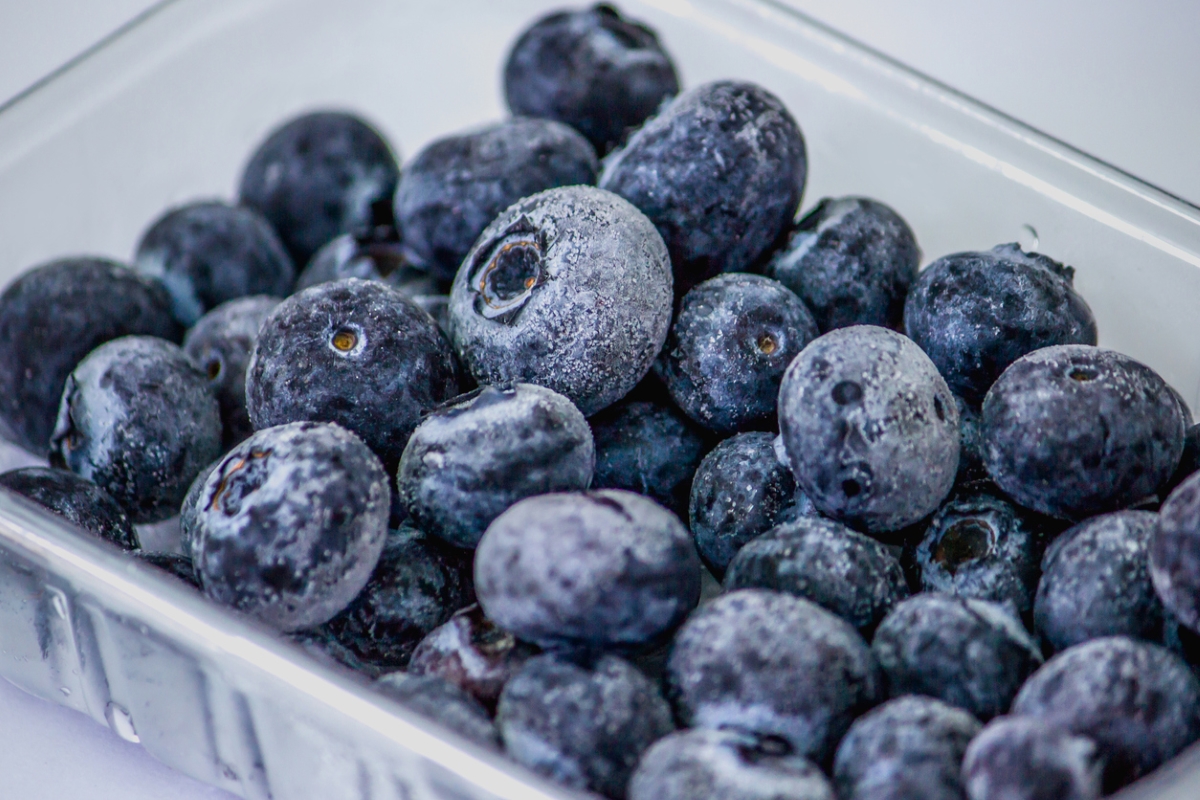
To freeze blueberries, wash them, dry the water off, and freeze in a single layer on a baking sheet until the berries are frozen. Then toss them in a container or bag and freeze for up to 6 months.
RELATED: 11 Types of Edible Berry Bushes You Should Plant This Spring
8. How to Freeze Strawberries
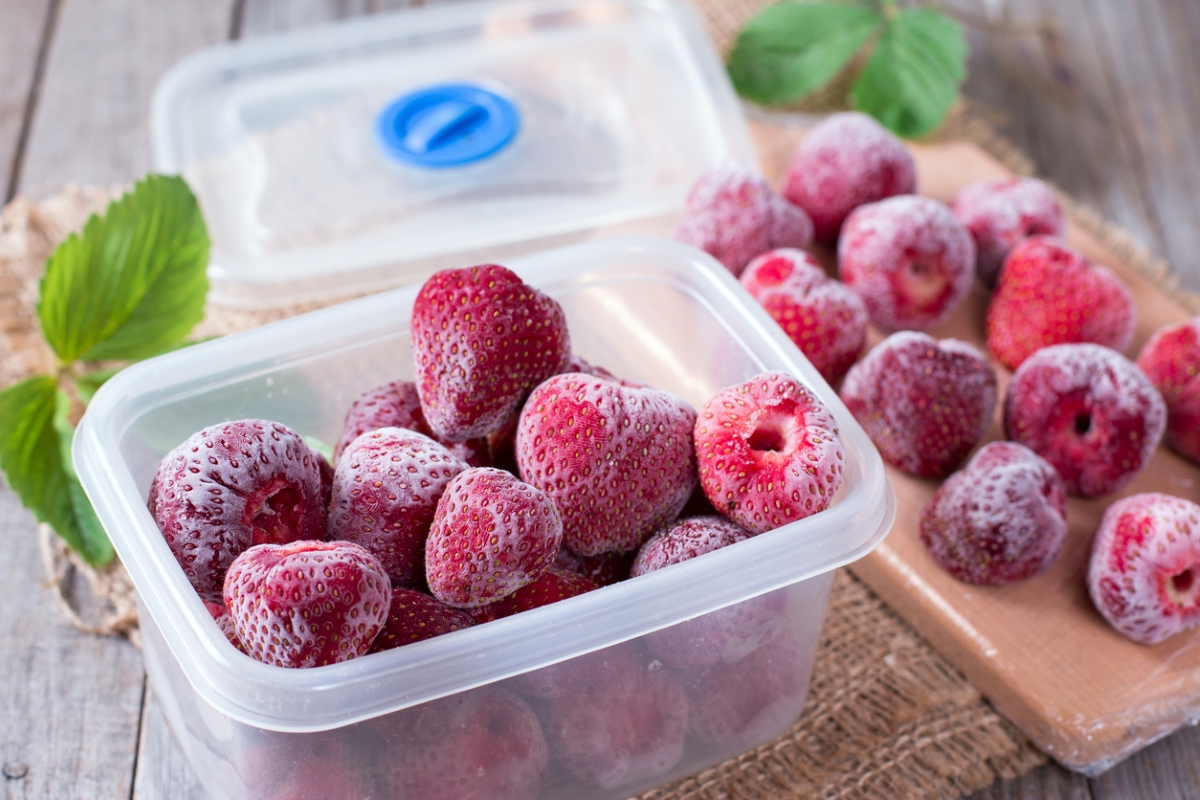
The process for freezing strawberries and other berries is the same as that for blueberries. Wash and dry them thoroughly. Spread out on a parchment-covered sheet pan and freeze for 4 hours. Toss into a container or freezer-safe bag.
RELATED: The Best Fertilizer for Strawberries of 2023
9. How to Freeze Herbs
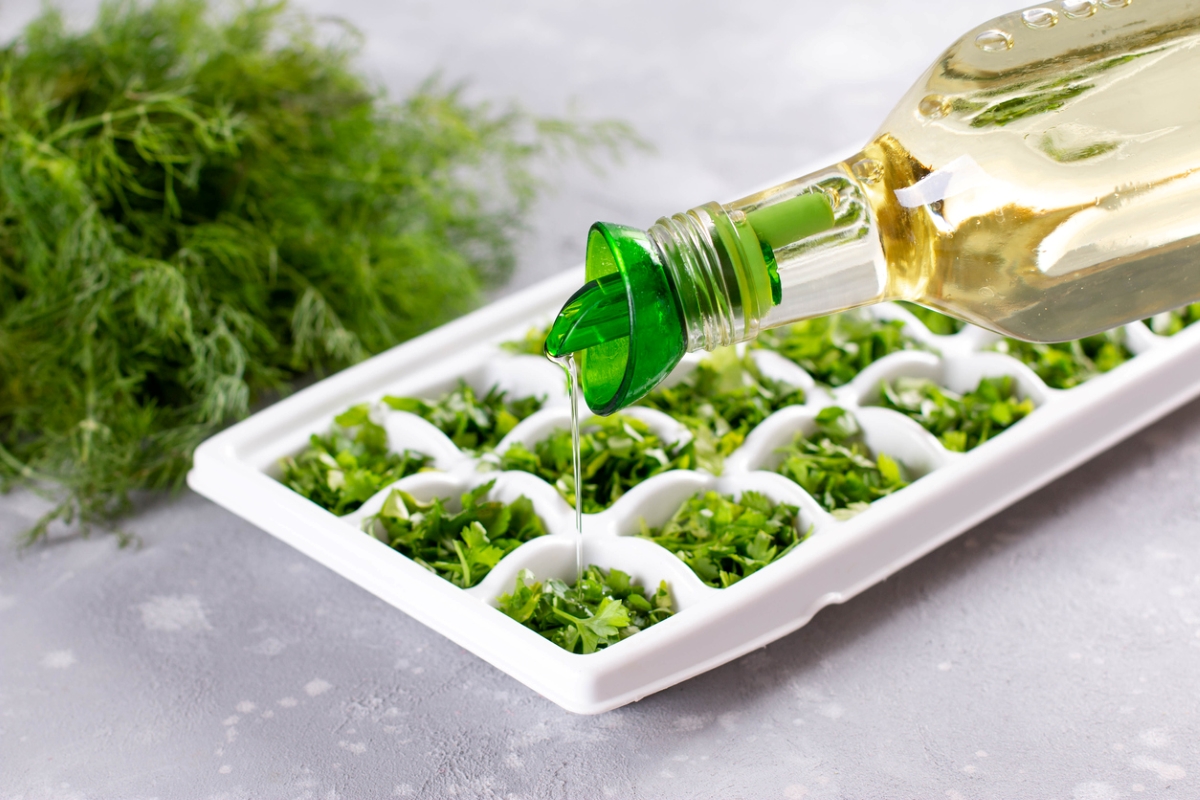
Freezing herbs to use throughout the year in soups, sauces, and dips is possible. Freeze the stems and leaves of herbs such as parsley, dill, basil, chives, lemon balm, mint, and tarragon by freezing them in a single layer on a cookie sheet and placing them in a freezer bag or air-tight container.
“You can also blend up fresh herbs with oil and freeze it in a bag or in ice cube trays,” DiNello said. Herbs will keep their flavor for up to a year in the freezer.
RELATED: Top Food Preservation Tips for When You Can’t Find Mason Jars

